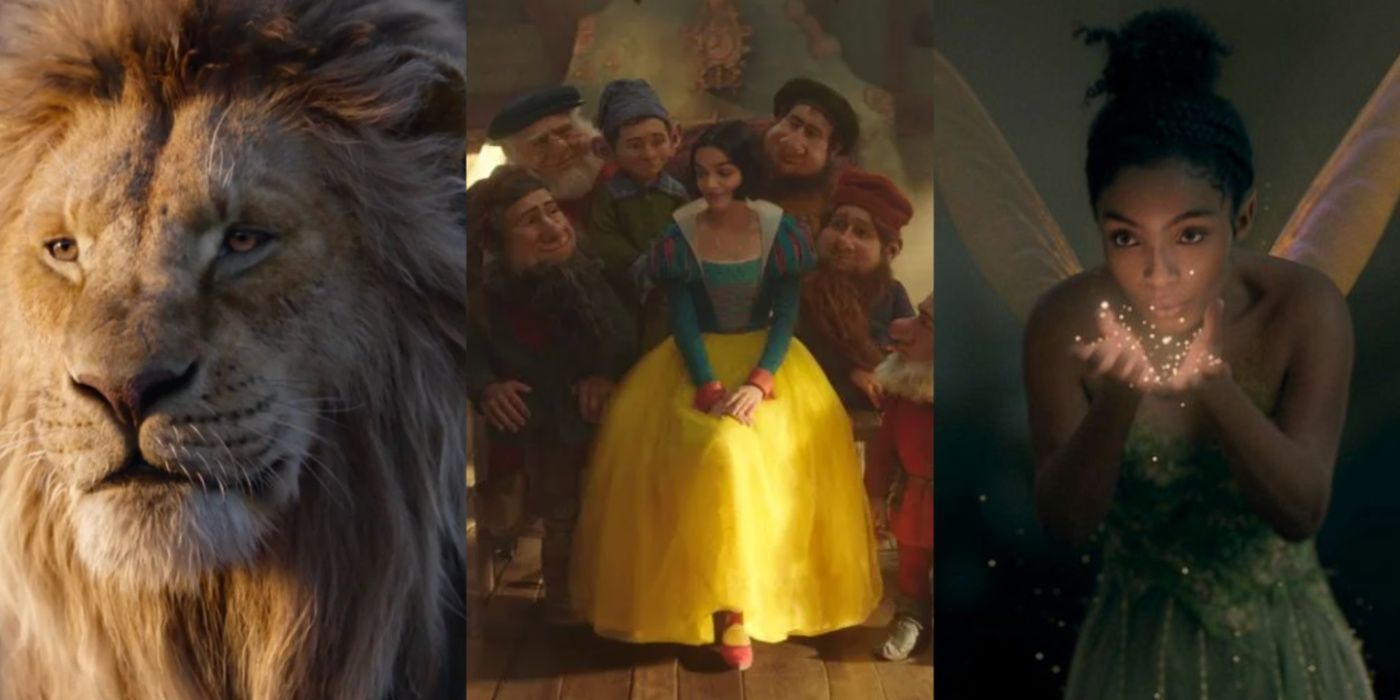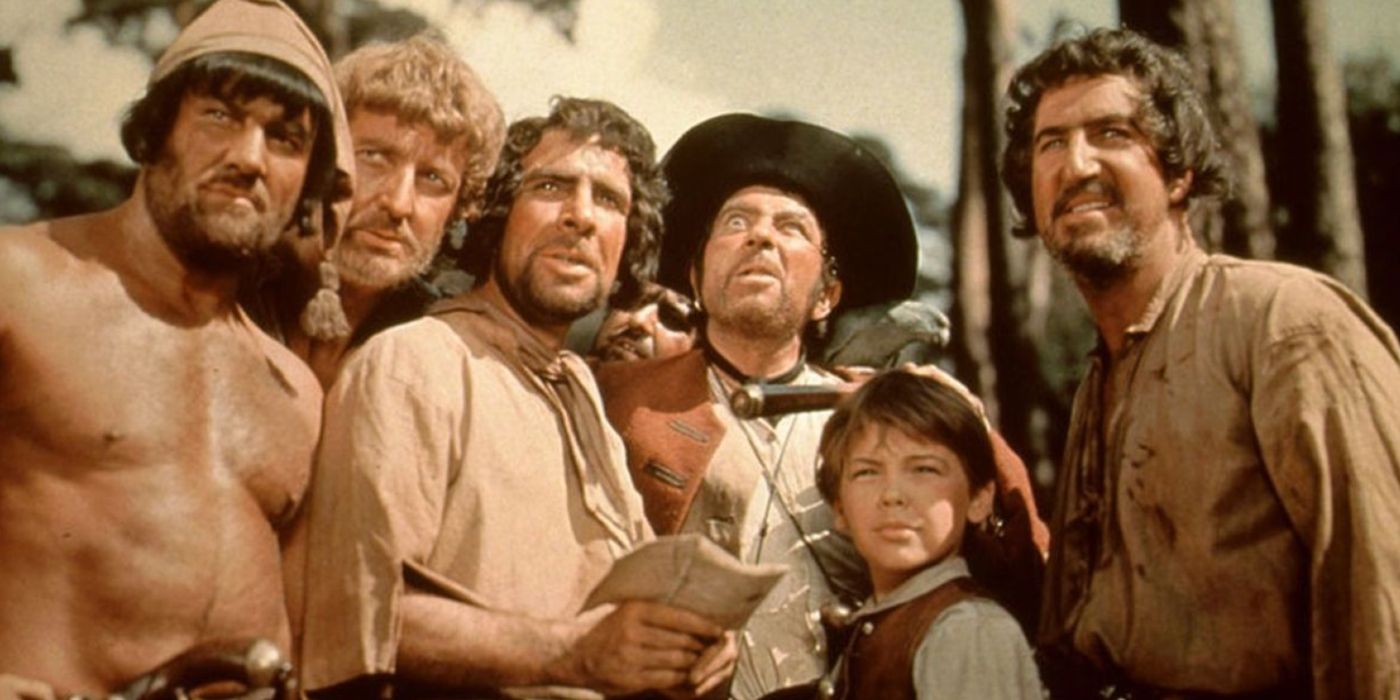Summary
- Pirate historian Rebecca Simon criticizes Disney’s
Treasure Island
for being largely responsible for the creation of the stereotypical pirate accent, which is not how real pirates spoke. - Simon also takes issue with the film’s depiction of pirates searching for buried treasure, which is not true to life.
-
Treasure Island
marks Disney’s first ever live-action movie, and it paved the way for other live-action hits in the decades that followed.
Disney’s Treasure Island earns a low accuracy score from a pirate history expert. Released in 1950, Treasure Island is an adaptation of the 1883 book by Robert Louis Stevenson. The film, which was directed by Byron Haskin, chronicles the adventures of Jim Hawkins (Bobby Driscoll) and Captain Long John Silver (Robert Newton) as they quest after buried treasure. Treasure Island was a successful first foray into pirate-themed entertainment for Disney, but not nearly as successful as their later Pirates of the Caribbean movies.
In a recent video for Insider, pirate historian Rebecca Simon analyzes scenes from Treasure Island, revealing that the film is partly to blame for perpetuating some key pirate stereotypes.
Simon takes issue with the film’s depiction of what is now typically considered a “pirate accent,” as well as its handling of buried treasure, which wasn’t actually a very common phenomenon at all. Read selections of her analyses below, as well as her score for the film out of 10:
“The antagonist here, captain Long John Silver, this is where we also get kind of the stereotypical pirate accent of “Arr, matey.” And the actor was a Cornish actor named Robert Newton from Cornwall, England, and he basically used his own natural accent and then really hammed it up, kind of basing it on other local sailors’ accents. So basically, it’s just an exaggerated version of a Cornwall accent. A pirate accent was a unique thing. A pirate accent was just wherever the pirate was from.
“Pirates didn’t go after buried treasure because there was no buried treasure to go after. Pirates would get goods and then they would sell them and get cash. And they’d spend their money on land and then go back to pirating when the money ran out.
“But there’s loads of rumors about buried treasure and this goes back to the time of Captain Kidd, who was executed in 1701. He said that he buried a whole bunch of treasure off the coast of New York on an island called Gardener’s Island, and he did this to see if he could bribe his way out of being condemned as a pirate. But nothing was ever found. To this day, people are still trying to look for it.
“In reality, pirates were after things they could sell like textiles, spices, wine, sometimes enslaved people. If there was cash on board, that was a bonus. The other goods they wanted were things to replenish their own stores; food, water, other forms of alcohol like rum, medicines, ship supplies.
“I’ll give Treasure Island a two out of 10.”

Every Upcoming Live-Action Disney Remake In Development
There are over a dozen Disney live-action remakes currently in development. Here’s which movies are coming, when they’ll release, and who’ll star.
Treasure Island’s Place In Disney History Explained
Why The 1950 Disney Film Is So Significant
Snow White and the Seven Dwarfs was released in 1937, marking the first ever feature length Disney movie. The film was a massive success for the company, and it was followed by Pinocchio and Fantasia in 1940. While many of Disney’s films from the ’40s would not go down in history as some of their best, the decade did see the release of Dumbo (1941) and Bambi (1942), two animated classics. The next decade would start on a high note, with Cinderella releasing in 1950.
Disney was, at this time, a company known for their animated movies. Treasure Island, however, marks the company’s first ever live-action venture. 1946’s Song of the South did feature live-action elements, but these were blended with animation. Treasure Island earned mostly positive reviews from critics and was also a box office success, and it paved the way for other live-action movies like 1952’s The Story of Robin Hood, 1953’s The Sword and the Rose, and The Living Desert in 1953, a documentary.
Despite this string of live-action releases, Disney remained best known for its animated offerings. Around the time of the release of Treasure Island, for example, the company put out hits like Alice in Wonderland (1951), Peter Pan (1953), Lady and the Tramp (1955), and Sleeping Beauty in 1959. In later decades, however, live-action movies would become a core tenet of Disney’s brand, and this is evidently thanks in large part to Treasure Island, despite the movie’s inaccuracies.
Source: Insider

